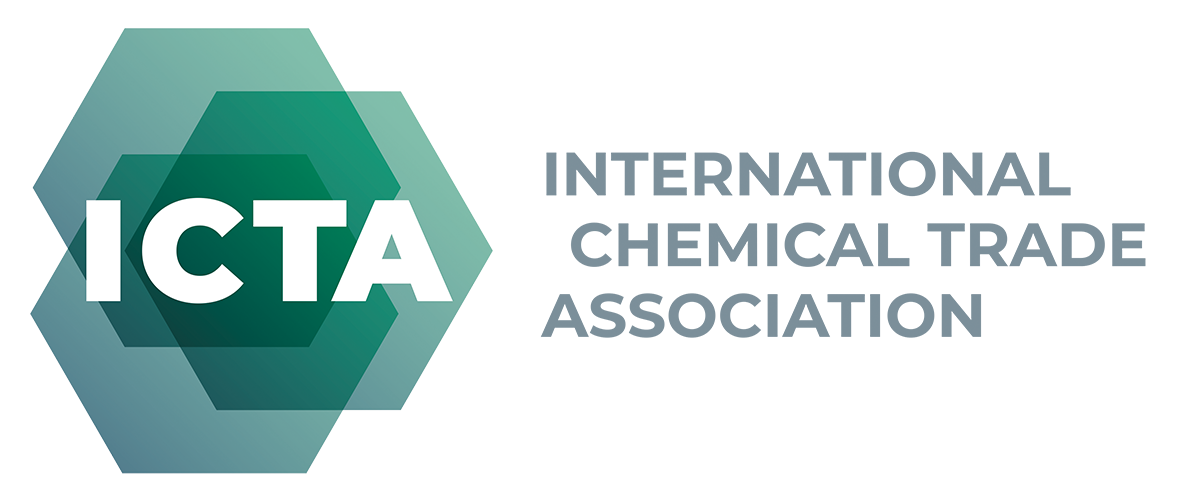Safe transport of chemicals
Transport of dangerous goods is a global trade issue that needs to be regulated in order to prevent harm to persons, property and the environment. Efforts towards harmonizing rules are therefore desirable. Norms for safe transport of chemicals are developed on different levels and for different modes of transport. Different regulations in different regions, countries and for different modalities can impede international trade and increase risks of accidents.
ICTA members are continuously vigilant to counter the risks of illegal diversion of substances by terrorists and others intending harm. The chemical distribution industry pays extra attention to these risks because it operates in an internationally diverse environment and handle chemicals in lower quantities.
Another important security related topic is that of cybersecurity. With cybersecurity threats continuing to evolve in complexity and sophistication, chemical distributors recognize the importance of addressing this growing threat. Protecting the technology that helps run facilities and the valuable information regarding chemical formulas and customer databases from a potential cyber-attack are a key focus for our industry.
The transportation of dangerous goods is a critical facet of global trade, necessitating stringent regulations to safeguard individuals, property, and the environment. The International Chemical Trade Association (ICTA) emphasizes the importance of harmonizing these regulations to facilitate safe and efficient chemical distribution worldwide. To enhance consistency in the transport of hazardous materials, the United Nations has developed the UN Recommendations on the Transport of Dangerous Goods. These recommendations serve as a framework encompassing safety training, security measures, classification, packaging, consignment procedures, and carriage protocols. Their primary advantages include providing a foundation for internationally harmonized regulations across all modes of transport and stimulating the free movement of goods by simplifying transport processes and reducing time-consuming formalities.
UN Recommendations on the Transport of Dangerous Goods
These recommendations provide a framework for i.e. safety training, security, classification, packaging, consignment and carriage. The UN Recommendations have several advantages:
- Providing a base for internationally harmonized regulations for all modes of transport.
- Stimulating free movement of goods by simplifying transport and reducing time-consuming formalities.
- Obtaining information by requiring reports of incidents with dangerous goods in transport.
While the UN Recommendations are not legally binding, they have a wide degree of international acceptance. ICTA actively promotes the use and adaptation of the UN Recommendations worldwide, for example the IMDG Code and the IATA Rules. To further improve transport safety, ICTA members also regularly exchange information and experiences with legislation in their regions or countries.


